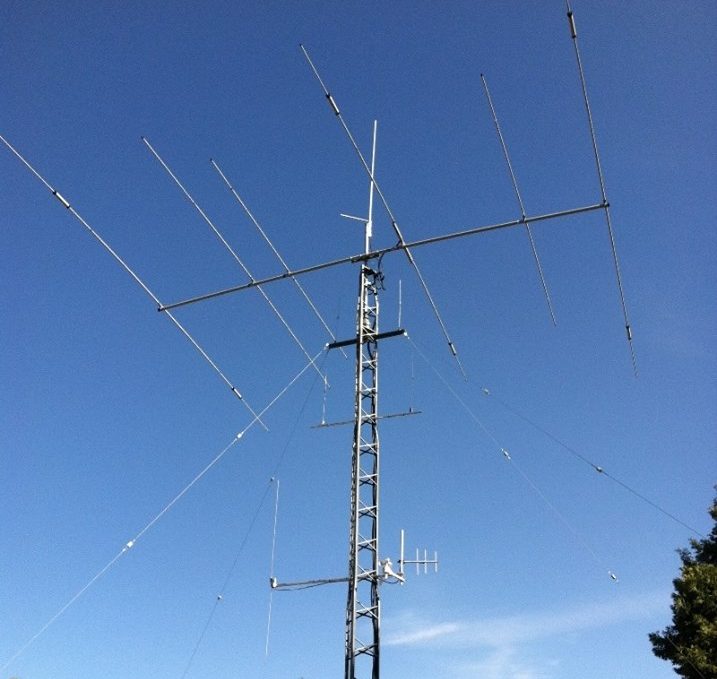A ham friend promoted a discussion about ways to ‘improve’ amateur radio – awareness, engagement, leverage its many values and virtues. To that another ‘ham’ produced a blog response I found, well, ‘inadequate’ at best.
https://qrpblog.com/2020/07/whats-wrong-with-ham-radio
First, some easy fact-finding, and light research can resolve most of the mis-information and negatives.
“The essence of AR used to be experimentation with radio waves; this is the era that gave its fame as a technically spearheading hobby, around the middle of the 20th century.”
– First logged amateur radio acknowledgement was 1909: https://en.wikipedia.org/wiki/Amateur_radio
Amateur radio survived, then began to flourish on many fronts after two world wars. Amateur radio operators did then and do now still contribute heavily to many advances in communications systems. It is fair to wonder if commercial and consumer electronics got people interested in amateur radio, or if amateur radio led many to fantastic technical careers.
“it established a high level of expectations & rewards from the hobby which later generations struggled to reach. Many mentalities are still stuck in that past (and those technical solutions).”
– it was the FCC and probably commercial interests and common sense considering the access and privileges allowed that set the expectations. One must appreciate that we are the ONLY hobby/avocation that can build, test and manage our own equipment and spectrum use cooperation – globally, I think that warrants some high expectations in exchange for the rewards. No need to generalize on “many mentalities”, and you don’t indicate which “technical solutions” you are concerned about.
“The first shift came when…” – generality/fact/limited-scope check again. Hallicrafters, Collins, Drake, Swan, EF Johnson, National, Heathkit… began production of amateur radio equipment at various economic levels from the mid-50s, through the 60s and 70s. Experimenter or not. Art Collins, a ham, brought us SSB.
Prior to the evolution of 2 meter and other repeaters many hams maintained local communications with EF Johnson ‘Messenger’ (CB?) radios on 29.6 and 29.620. Icom actually produced 2-meter radios as early as 1964.
Thus, you missed a ‘shift’…
Repeaters did not come about until the late 60s (some sooner) based on converted commercial 2-way equipment, which often prevail to this day for repeater infrastructure. (it is said the existence of Heathkits was an inspiration to Steve Jobs… and one might say to the whole of various kit-builders, makers, PC modders, etc.)
Icom, Drake, Midland, Regency, Standard entered the 2-meter FM market with in-expensive 2-10 watt radios beginning in 1970-71.
In addition to HF ‘experimentation’ repeaters became a new realm of evolution. We’re still building/maintaining, not buying, most of them today. ‘hotspots’ (not exactly experimentation but plug-n-play gadgets most do not understand) are a convenient “work-around” for some.
What is called a second shift, more present day, is actually a next evolution. We have augmented analog communications with many impressive and advantageous digital communications tools – that apply variously to most everything from “old world” HF to microwave. Packet-radio software brought TCP/IP over radio, APRS… Digital-signal processing brought us mostly computerized radios (Flex series), FT8, WSPR, ALE, WinLink, D-Star, Fusion, DMR. Actually a fairly timely and appropriate and effective cross-over/integration between “old world” radio and the digital age.
“1. Cost of Entry & age.”
Equipment cost is mostly debunked, but neither an RTL-SDR nor Baofeng are going to solve the ‘age’ issue(s). Engagement in exemplary and formative venues might. Here is where lack of solution, the desired ask/outcome of Ria’s inquiry is wholly lacking.
“2. Attractiveness…” – are you sure this results from an age imbalance, or lack of opportunities and the many other distractions of life, youth and education? I addressed this in my response to Ria – amateur radio is electronics, electronics is science at many levels with a tremendous human-interaction benefit. It needs to be related to everyday life, spanning everything from fun to careers. Maker, Scouting, school and public awareness programs.
“3. Gatekeeping.” Communication technology (the tools) are disctinctly separate from communicating. Authors, journalists, song- and screen-writers don’t deep-dive into core technology components any more than most engineers and technicians produce and present content. This concern diminishes if #2 is addressed, in context and relationship to the various potential public interests.
“4. Diversity.” It seems you are expressing perceptions/observations as the status-quo for most/all hams. Specific examples? I don’t see a suggested solution here?
“5. General public perception.” “Everytime someone meets a Radio Amateur…” EVERY time? Are you sure? Then the jump to CB, entertainment presentation? (Meh. One of my ham friends produced two non-nerdie movies focussed around ham radio.)
Who, amid private or broader public settings – local events, road trips, camping – has been asked or starts shoooting-off 60WPM CW or discussing dipoles? That has never been my peers nor my experience. More commonly: “Does ham radio still exist?” “What can you do with that radio?” “How far have you talked? To whom?” “What radio will help me communicate in a disaster?”
Summary
I find the whole perspective presented, in general and specifically, subjective, narrow and lacking. Almost disrespectful.
We can do better. A follow-on post here will share my response to the original topic/quest with some ideas/concepts to consider toward keeping amateur radio viable, and promoting it. 50+ years in this hobby and I left my nerdy-ness and any possible sense of elitism behind decades ago as the opportunities amateur radio has allowed me in public service, community and career to be more incentive and motivation to address the greater good.
– 73, de Jim, No1PC
